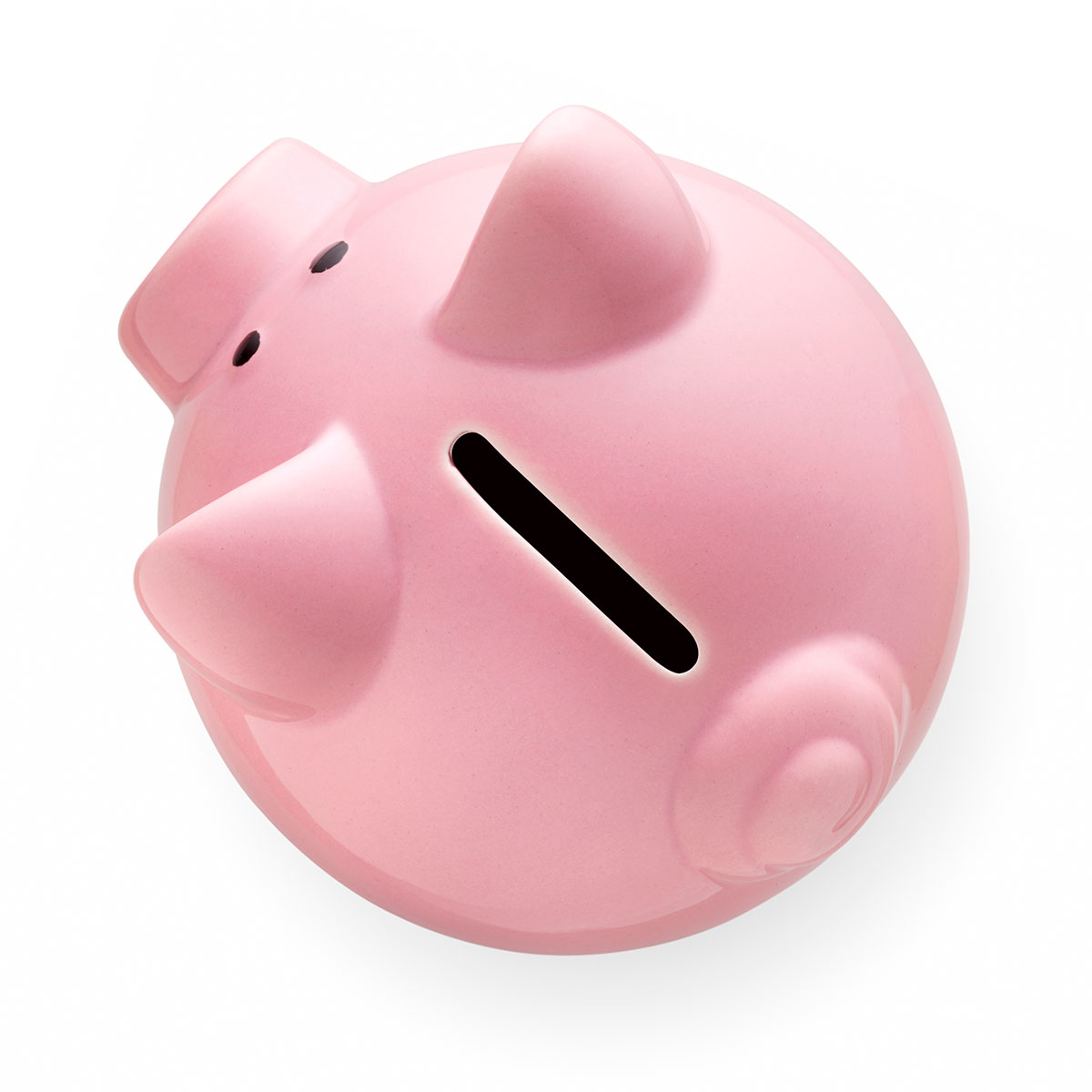While “overlay” isn’t a specific dental treatment, the term is sometimes used interchangeably with different types of procedures available in your dental office. Some are restorative, rebuilding areas of decaying or cracked teeth, while others are cosmetic in nature.
Cosmetic Overlays
Ceramic overlays are used to enhance the appearance of your teeth. More properly known as veneers, these cosmetic treatments cover the portion of your tooth that’s visible when you smile. As such, you can alter everything from the shape of your tooth to its color. Cosmetic dentists sometimes use them as “instant braces,” because it can make your smile look straighter and fuller in just a couple of appointments.
Generally, veneers are used across several teeth at a time — as many as 6 to 8 across the upper front teeth — but the number will depend on how wide your smile is, and which teeth need to be enhanced. Some people also choose to have veneers placed on the lower front teeth, as long as their bite would not lead to them wearing down.
Restorative Overlays (Onlays and Inlays)
When it comes to repairing a broken or decaying tooth, inlays and onlays offer a happy medium between a filling and a full coverage crown. Inlays fill larger areas of the tooth, where onlays rebuild areas such as the cusps (“points”) of your tooth that may be broken away.
Often referred to as a three-quarter crown, inlays and onlays are less invasive than a full coverage restoration and help to preserve as much healthy tooth structure as possible. They are also made in a lab, as a crown would be. Your dentist will match the porcelain material so that it blends in with the color of your tooth being treated.
Not all dentists offer inlays and onlays, but some still do. In certain cases, the restoration may even be made of gold. As with crowns, gold offers great pliability and a low risk of fractures (which is important for back teeth that do heavy amounts of grinding.)
What About Bonding?
Bonding is similar to a tooth-colored filling that is shaped over a specific area of your tooth. It is often used to cover exposed roots, chips in your tooth, or gaps between teeth. Sometimes numbing the tooth is not even necessary. After your dentist matches the material, he or she shapes it over your tooth to recreate the proper form. Then a bright light cures it in place.
Does Insurance Pay for Overlays?
Depending on your reasons for getting an overlay, it may be covered by your dental insurance plan. Please note that if it is for cosmetic reasons only (and not necessary to preserve the health of your tooth,) insurance will not cover it.
However, if your tooth has a cavity, is broken, or causing pain in some way, the overlay may be considered “restorative”. If so, your insurance plan will generally cover a set percentage of the treatment cost. Using an in-network dentist will typically result in lower out of pocket expenses. Just be aware that if there is a less-expensive way to repair your tooth, your insurance company will likely insist on the lower-cost treatment.
Finding Out What You Need
The best way to determine which type of an overlay you need or could benefit from, schedule a consultation with your dentist. He or she will be happy to discuss your concerns with you and provide a list of viable options that may be available. Be sure to ask if other alternatives are available so that you can make an educated decision about the next steps.
For more information on the types of treatments covered under Cigna Dental Plans, speak to one of our plan specialists today!







